Premium Only Content
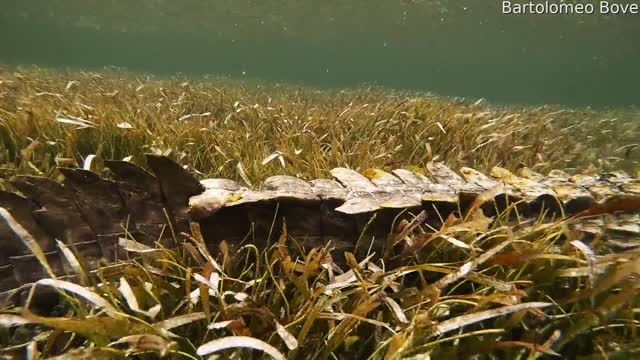
Photographer Gets Up Close and Personal with Crocodiles
Occurred on July 29, 2020 / Banco Chinchorro, Quintana Roo, Mexico
Info from Licensor: "Bartolomeo Bove, a professional shark diver, and underwater videographer recorded his extreme close encounter in the pristine waters of Banco Chinchorro. Banco Chinchorro is located 22 miles (35 kilometers) off the south-eastern coast of the State of Quintana Roo in Mexico, is the largest atoll reef of the northern hemisphere, Biosphere Reserve, and temporary residence of a small group of fishermen during lobster season. Banco Chinchorro is also home to an estimated population of about 500 American Crocodiles (Crocodylus Acutus) that live in a lagoon of the atoll’s central island and occasionally swim into the open sea nearby the stilt houses of the fishermen. It is right nearby the stilt houses of the fishermen, in shallow waters, where the crocodile encounters take place. These crocodiles are powerful and highly intelligent predators and each individual has its own personality with well-defined characteristics. For those who are wondering why they don’t attack me and instead they let me approach them undisturbed, the answer is simply that they could attack at any moment if they had the opportunity. Although most of these crocodiles surpass us humans in terms of size, sometimes by far, in general, they perceive a human adult as 'too big' and therefore a less convenient prey compared to the ones that they usually feed on which are significantly smaller in size, such as fish, birds, crustaceans. That being said though, crocodiles certainly don’t disdain larger prey and may also attack humans should the opportunity arise. The 'safest' way to approach these crocodiles is directly in front of them due to their limited visual range and at their same level or below them in the water column. Straight in front of them, because usually when they strike, they snap to the side, they do not lunge forward with a bite. They are highly intelligent animals and they are constantly observing you. Their eyes are always following your movements in the water. It happens sometimes that even if they are approached from the front, they slowly but steadily position themselves on your side, ready to take advantage of any possible moment of distraction to assess the attack."
-
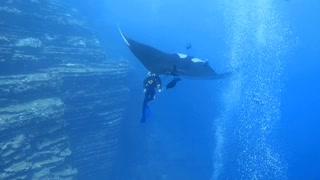 0:36
0:36
Sharkdiver
4 years ago $93.18 earnedUp close and personal: Divers encounter Giant Manta Ray during their dive
35K2 -
 0:36
0:36
ViralHog
4 years ago $0.90 earnedClose Encounter with a Mama Grizzly in Alaska
2.87K2 -
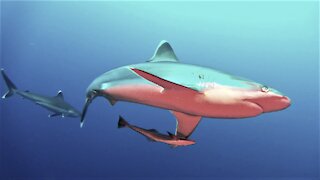 1:27
1:27
WildCreatures
4 years ago $66.85 earnedSharks provide scuba divers with a thrilling close up show
3.71K8 -
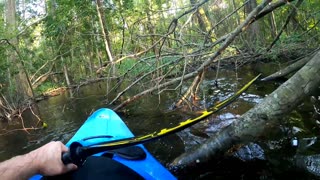 2:01
2:01
ViralHog
4 years ago $3.37 earnedKayaker Has a Very Close Encounter with Alligator in North Carolina
4.92K14 -
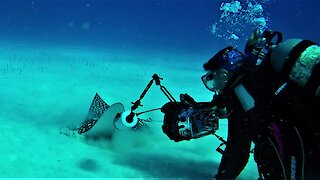 0:47
0:47
WildCreatures
4 years ago $36.40 earnedHuge spotted eagle stingray allows photographer to capture stunning close ups
2.33K3 -
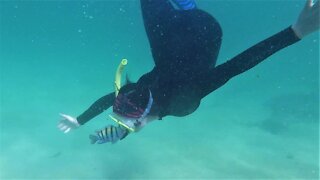 0:36
0:36
BigSexysPlayground
4 years ago $0.98 earnedFeisty reef fish repeatedly attacks swimmer who gets too close
1.93K2 -
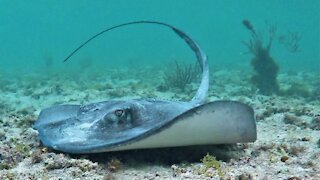 0:57
0:57
BigSexysPlayground
4 years ago $12.70 earnedSwimmer's extremely close encounter with a wild stingray is a beautiful thing
3.19K4 -
 1:22
1:22
ViralHog
4 years ago $262.76 earnedBear Cub Gets in Trouble with Momma
576K -
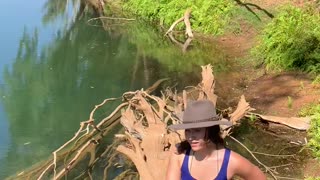 1:03
1:03
ViralHog
5 years ago $0.92 earnedClose Encounter with a Hidden Saltwater Crocodile
4.02K2 -
 0:57
0:57
CoverVideo
5 years ago $0.03 earnedPhotographer Captures Wild Jaguar Playing With Discarded Plastic Bottle
2.45K